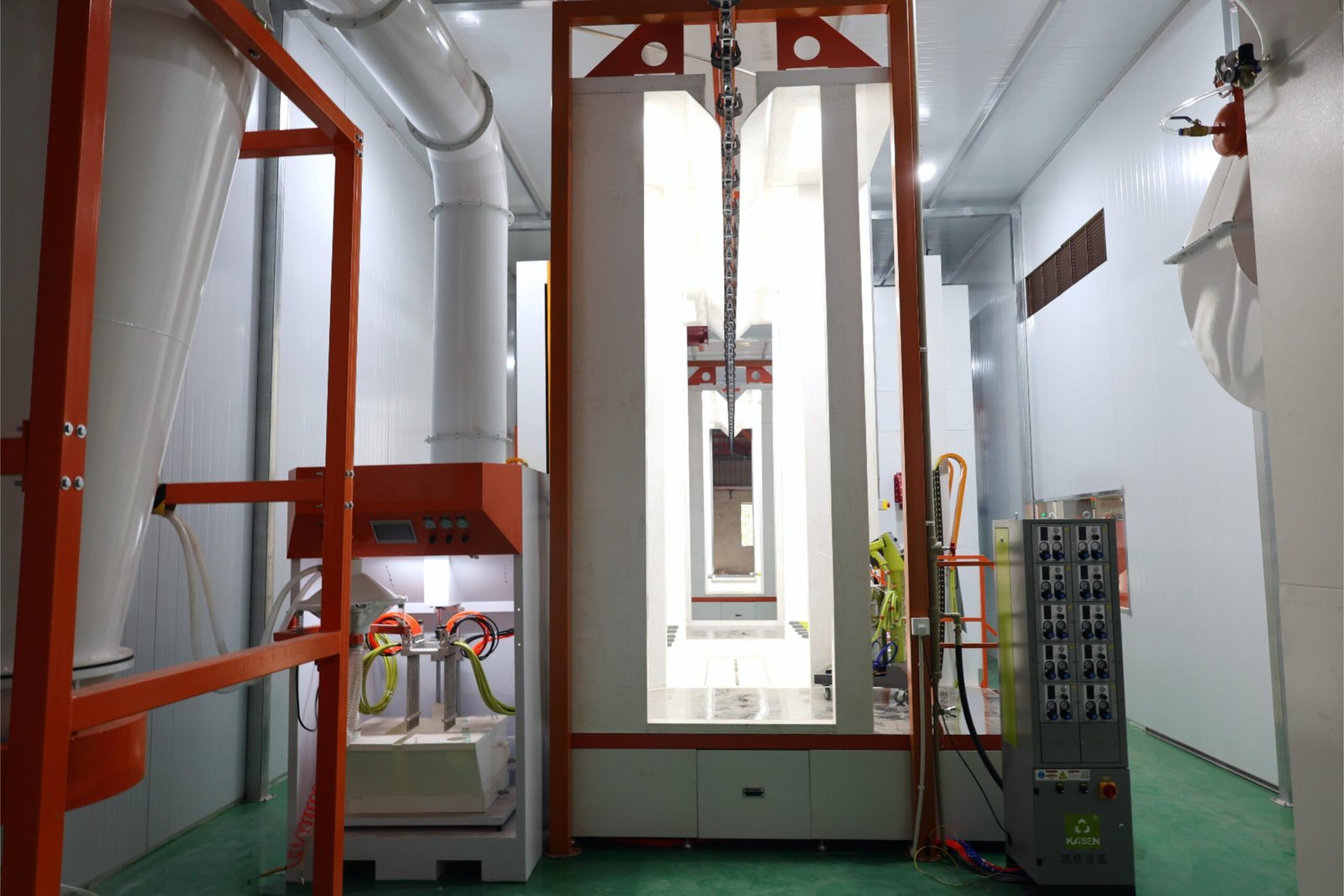
Powder coating has become one of the most popular finishing options for metal and other surfaces. It is known for its durability, cost-effectiveness, and eco-friendly nature. However, not all powder coatings are the same. There are different types, each offering unique properties suited for specific applications.
Understanding the different types of powder coating will help you choose the right one for your project.
What Are the Main Types of Powder Coating?
Powder coatings can generally be divided into two broad categories: thermoplastic and thermoset. These two types differ in how they react to heat and their overall properties.
Thermoplastic Powder Coating: What Is It?
Thermoplastic powder coating is a type of finish that melts when heated and can be remelted multiple times. It does not undergo a chemical change during the curing process, making it possible to rework or recycle the coating.
Key Features of Thermoplastic Powder Coating:
- Can be reheated and reshaped
- Provides a thick, protective coating
- Excellent impact and abrasion resistance
- Commonly used in heavy-duty applications
Common Thermoplastic Powder Coating Materials
| Material | Properties | Common Applications |
|---|---|---|
| Nylon | High durability, excellent chemical and abrasion resistance | Automotive parts, conveyor belts, medical equipment |
| Polyvinyl Chloride (PVC) | Flexible, strong, FDA-approved for food contact | Wire coatings, dishwasher racks, food processing equipment |
| Polyolefin | Excellent adhesion, smooth finish, chemical resistance | Lab equipment, chemical containers |
Thermoset Powder Coating: How Is It Different?
Unlike thermoplastic coatings, thermoset powder coatings undergo a permanent chemical change when heated. Once cured, they cannot be melted again. This makes them extremely durable and resistant to heat, chemicals, and corrosion.

Key Features of Thermoset Powder Coating:
- Permanently hardened coating
- Resistant to heat and chemicals
- Ideal for outdoor and high-temperature applications
Common Thermoset Powder Coating Materials
| Material | Properties | Common Applications |
|---|---|---|
| Epoxy | High chemical resistance, smooth finish | Indoor furniture, appliances, electrical components |
| Polyester | UV-resistant, flexible, weatherproof | Outdoor furniture, fencing, automotive parts |
| Urethane | Enhanced chemical and impact resistance | Car rims, fuel tanks, machinery |
| Acrylic | High-gloss, durable finish | Automotive clear coats, high-end appliances |
Specialty Powder Coatings: What Are the Options?
In addition to standard thermoplastic and thermoset coatings, there are specialty powder coatings designed to achieve specific effects or meet unique performance requirements.
Metallic Powder Coating
- Contains metal flakes for a shiny, metallic appearance
- Used for automotive parts, bicycles, high-end furniture
Fluorescent & Glow-in-the-Dark Powder Coating
- Formulated to glow under UV light or in the dark
- Ideal for safety equipment, signage, custom finishes
Anti-Microbial Powder Coating
- Inhibits bacteria and fungi growth
- Used in hospitals, food processing plants, public spaces
High-Temperature Powder Coating
- Can withstand extreme heat
- Common in exhaust systems, grills, industrial machinery
Texture & Wrinkle Powder Coating
- Adds texture and hides imperfections
- Used on tools, fitness equipment, and industrial surfaces
Choosing the Right Powder Coating for Your Application
Selecting the right type of powder coating depends on several factors, including:
- Environment: Outdoor use requires UV-resistant coatings like polyester
- Durability Needs: High-impact zones benefit from urethane or epoxy
- Aesthetic Requirements: Choose metallic or textured coatings for visual appeal
- Chemical Resistance: Nylon and polyolefin work best for labs and industry
Conclusion
There are many different kinds of powder coatings, each offering specific advantages. Whether you need a high-durability finish for outdoor equipment or a sleek, high-gloss look for automotive parts, there is a powder coating solution for your needs.
Understanding the different options will help you make the best choice for your project.
